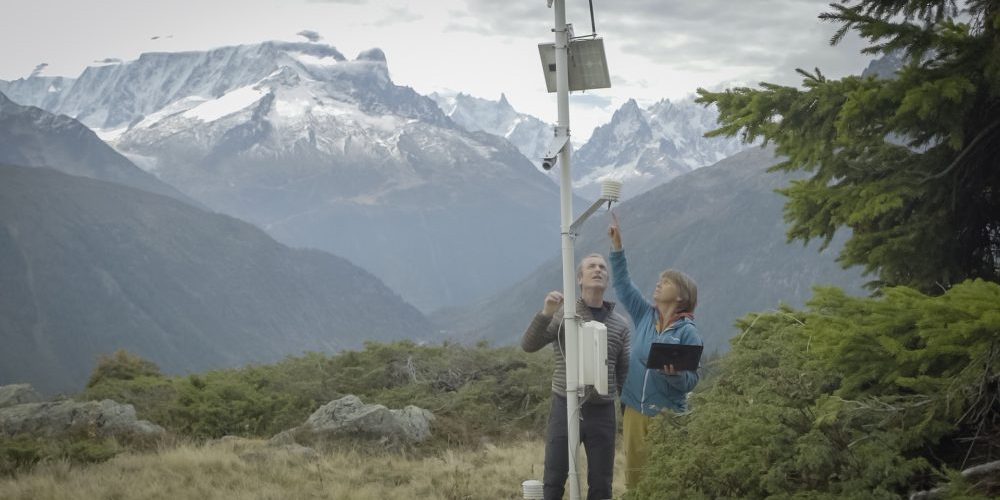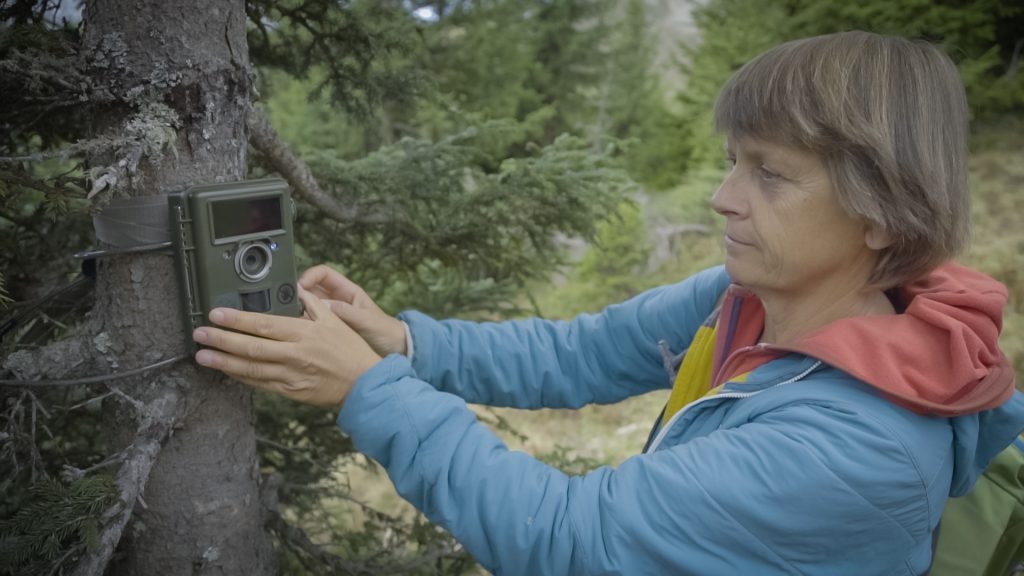A French organisation which has placed more than 70 sensors around Mont Blanc to measure climate conditions over the last 13 years has received a special UN award.
The CREA Mont Blanc CLIMB initiative has installed the tailor-made measuring systems, designed to see the true effect of climate change on the mountain environment, across the region allowing them to measure data for the entire French Alps.
Although the organisation’s Programme Director Irene Alvarez says they need three decades of data to produce formal results, initial findings from a recent study carried out with MeteoFrance, the French national weather service, found that the snow period (number of continuous days where there is snow on the ground) has shrunk by 23 days in the last 50 years in the Northern Alps at an altitude of 2300 metres above sea level.
The initiative has just been given a UN Climate Change Momentum for Change Lighthouse Activity award, designed to recognise the most exciting and innovative climate change initiatives worldwide ahead of the upcoming UN Climate Conference (COP23) in Bonn, German from the 6th to 17th November, 2017.
“The passion, creativity and positive impacts on the ground of this year’s award winners are extraordinary, real-world examples of how the implementation of the Paris Agreement and the wider SDGs is happening at all scales, across all countries and across all sectors of society,” said Patricia Espinosa, Executive Secretary of UN Climate Change.
The CREA Mont Blanc CLIMB initiative has a large number of sensors on the ground which can indicate whether snow is on the ground where each is located (in which case the temperature is at 0°C and has little variance).
“There is a higher reduction of snow at an altitude of 2500 masl (-25%) than at an altitude of 1500masl (15%) where the snow period was already shorter. This is due mainly to higher spring temperatures (March to May), and to a lesser extent to higher autumn temperatures, rather than to winter temperatures or overall precipitations,” Irene Alvarez continued, adding,
“This is expected to continue in the coming decades. We are developing projections with MeteoFrance that we expect to be ready in 2018. Climate change studies require at least 30 years of data to calculate accurate trends and averages. In the meantime, our stations help us monitor warm years (2011, 2016) compared to colder years (2013) and measure the impact on vegetation and fauna of such extreme years.”





